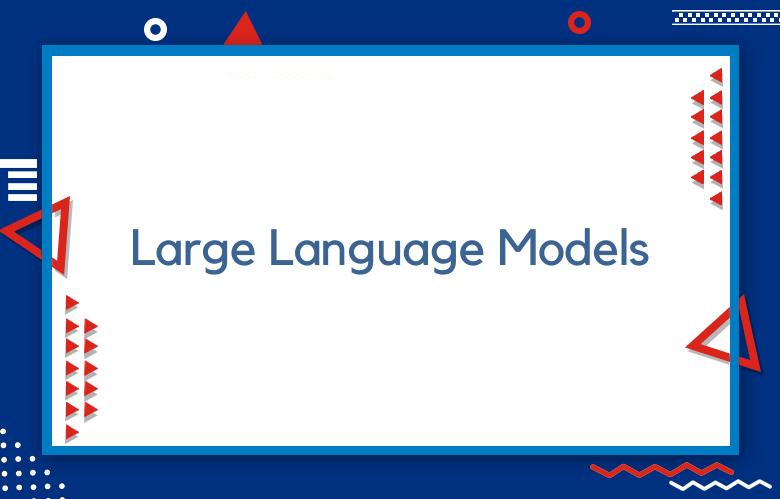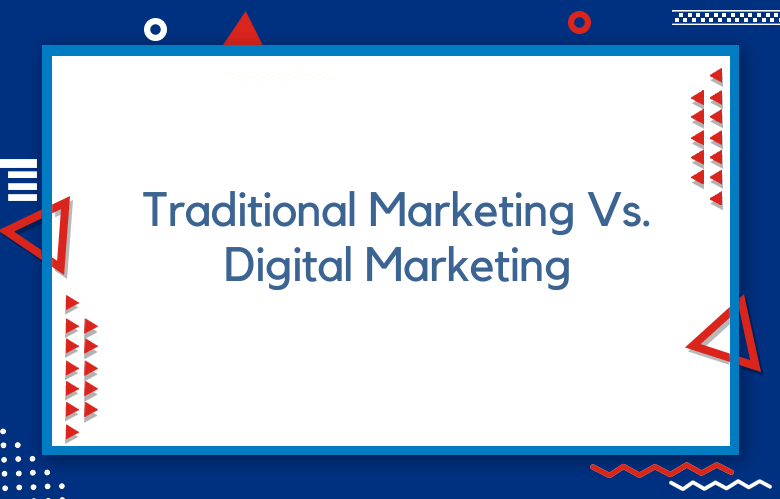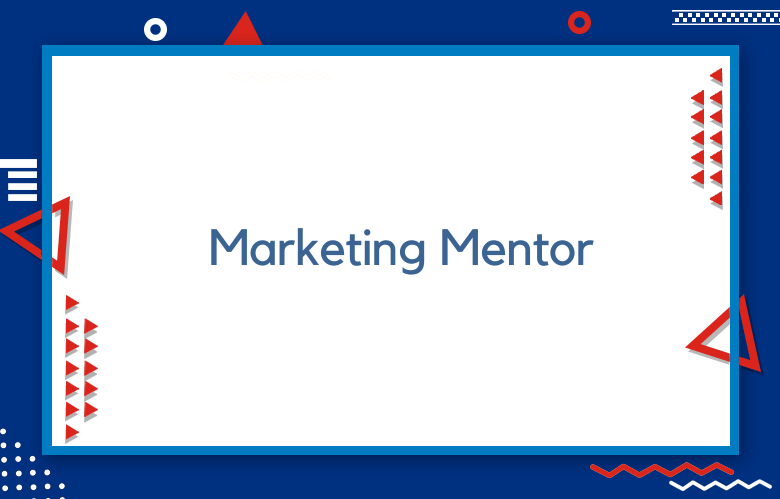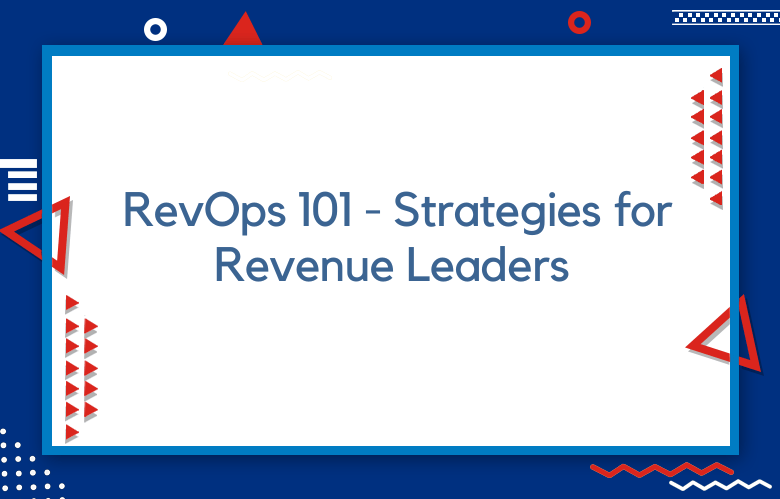A Comparison of Large Language Models (LLMs) in the Marketing Domain

Marketing professionals looking to increase the effectiveness of their campaigns have been exploring the potential benefits of large language models or LLMs. These AI-powered tools can process large volumes of unstructured data in datasets, providing insights that can inform marketing strategies.
Several LLMs have emerged as leading contenders in this field in recent years. We will compare four popular LLMs used in the marketing domain: GPT-3, BERT, XLNet, and DistilBERT.
What are the Large Language Models?
LLMs are neural networks that use deep learning techniques to understand and generate human-like language. They are trained on vast amounts of text data from online sources, including books, articles, and internet forums.
Once trained, they can generate language miming human speech, allowing marketers to create more natural and engaging content. LLMs can understand context, idioms, and other nuances of language, making them a powerful tool for marketers.
Large Language Models (LLMs) are AI-based systems that can generate human-like text or content. They use complex algorithms to work on a simple principle of predicting the next word in a given sequence.
LLMs are capable of generating expressive language and working on three key elements – Natural Language Processing (NLP), Machine Learning (ML), and Neural Networks (NN), making them incredible marketing tools.
What are the drawbacks of LLMs?
Despite their incredible potential, LLMs also have certain drawbacks that marketers must be aware of. One of the biggest challenges with LLMs is ensuring that they produce ethical and non-discriminatory content.
Because LLMs are based on data, they can absorb biases and stereotypes in the source material.
Thus, marketers must ensure that their LLMs are trained on diverse, unbiased data sets. LLMs can sometimes produce irrelevant or nonsensical content, requiring human oversight to ensure quality.
How can marketers leverage LLMs effectively?
Marketers must understand their strengths and limitations to leverage LLMs effectively and use them with other marketing strategies.
For instance, LLMs can generate content ideas that can be refined and optimized using human expertise.
Marketers must also ensure that their LLMs are trained on high-quality data and have a human-in-the-loop system for quality assurance. Marketers must keep abreast of technological advances in LLMs and adapt their strategies accordingly.
A Deep Dive into the Effectiveness of Large Language Models in the Marketing Domain
Artificial intelligence has transformed the way we live, work, and communicate. Large Language Models (LLMs) are among the most game-changing innovations in AI in recent years.
These models have the power to understand and replicate human language patterns, making human-like responses possible. With the rise of LLMs, businesses and marketers are eager to harness the technology and automate various aspects of customer communication.
Compares the most prominent Large Language Models in the Marketing Domain and explores their potential to revolutionize the industry.
A Comparison of Large Language Models (LLMs) in the Marketing Domain
The field of marketing has always been challenging. Marketers must reach their target customers using the correct language and tone. With the rise of technology, Marketing techniques have also changed extensively.
The latest addition to this transformation is using Large Language Models (LLMs). They have been widely researched and found to help transform the way marketing is done.
Ce will compare two of the most popular LLMs in the marketing domain: GPT-3 and BERT. We will analyze their strengths, weaknesses, and use cases in marketing.
BERT (Bidirectional Encoder Representations from Transformers) is a profoundly bidirectional pre-trained transformer-based language model designed by Google.
It was first trained to examine the bidirectional flow of language, meaning that when we give it input, it considers the whole sentence instead of just one side.
Large Language Models (LLMs) have taken the marketing industry by storm in recent years. With the rise of AI technology, companies are using LLMs to automate tasks and improve their marketing strategies.
But with so many LLMs available, which one should you use for your business? We will compare three of the most popular LLMs in the marketing industry:
GPT-3, BERT, and OpenAI’s DALL-E. We’ll explore the unique features of each LLM, their pros and cons, and which one may be the best fit for your business.
First up is GPT-3. GPT-3 is a third-generation artificial intelligence language model created by OpenAI. What sets GPT-3 apart from its predecessors is its ability to generate human-like responses with incredibly accurate grammar, vocabulary, and context.
It has been trained on various sources, including Wikipedia, books, and social media.
Understanding Large Language Models (LLMs) in the Marketing Domain
Artificial intelligence (AI) has advanced by leaps and bounds in recent years, transforming industries across the board.
One of the most talked-about developments in AI is the Large Language Models (LLMs) – a type of artificial intelligence that uses deep learning techniques to generate human-like language.
In the marketing domain, LLMs have already shown incredible potential for improving customer experiences, personalizing content, and streamlining digital marketing processes. We delve deeper into LLMs in the marketing domain and explore their capabilities.
Types of Large Language Models (LLMs) in the Marketing Domain
GPT-3
OpenAI’s GPT-3, or Generative Pre-trained Transformer 3, is a state-of-the-art LLM that leverages unsupervised learning to perform various tasks, including language translation, question-answering, and text summarization.
The tool can analyze customer feedback, reviews, and social media data in marketing to identify trends, consumer sentiments, and brand reputation.
GPT-3 can also be used to develop content marketing strategies by generating engaging headlines, ideas, and ad copies. However, critics have raised concerns about ethical issues related to biases and misleading outputs.
It is one of the most advanced LLMs, with 175 billion parameters. GPT-3 can produce human-like content for personalization in marketing campaigns. It also can translate and summarize long texts in just a few seconds.
GPT has a unique feature of generating new content by understanding the context of the given input.
With the help of GPT, marketers can create content in various formats like social media posts and email campaigns. However, GPT needs to be more generic, and it might not be able to provide the required depth for specific niches.
BERT
Google’s Bidirectional Encoder Representations from Transformers or BERT is another widely used LLM in marketing.
BERT can facilitate natural language processing (NLP) tasks such as sentiment analysis, entity recognition, and text classification. By analyzing customer data, BERT can help marketers optimize ad targeting, improve messaging, and enhance customer engagement.
BERT is particularly effective in evaluating the contextual meaning of words within the same sentence or paragraph, making it helpful in understanding the nuances of social media conversations.
It stands for Bidirectional Encoder Representations from Transformers, and its main feature is prediction and improving search queries in marketing. It can also categorize data effectively, rank website content, and help in other areas, such as improving user engagement.
BERT can grasp the context of words, making it ideal for keyword research and content optimization. However, the major drawback is that BERT requires high computation power and extensive computing resources.
XLNet
XLNet is an LLM developed by the Chinese internet company Huawei that has gained prominence for its ability to perform language tasks with high accuracy and efficiency.
In marketing, XLNet can be used for data analysis, recommendation systems, and customer segmentation.
The tool can analyze customer reviews, social media comments, and survey data to understand customer behavior and preferences. XLNet can also help marketers improve content personalization by offering insights into user intent and interests.
XLNet is a novel LLM that CMU, Google, and Carnegie Mellon University developed. It has garnered significant attention for its ability to generate robust and coherent responses.
XLNet uses a unique pre-training approach called Autoregressive language modeling (ALM), which enables it to generate high-quality responses. Its ability to capture semantic structures and long-term dependencies is helpful in tasks such as question answering and text completion.
DistilBERT
DistilBERT is a distilled version of BERT developed by Hugging Face, an AI research-oriented company.
DistilBERT has a smaller size and faster inference times than BERT, making it more suitable for real-time applications such as chatbots and virtual assistants.
DistilBERT can help companies improve customer service by analyzing support tickets and offering automated marketing responses. The tool can also assist in ad targeting, product recommendations, and content optimization.
We live in an era of digitalization where every business competes to provide the best customer experience. Marketing has always been an essential aspect of any industry, but with the emergence of social media platforms, it has become more crucial than ever. Businesses are now utilizing Large Language Models (LLMs) to cater to customer needs for better customer engagement. We will discuss the benefits of using LLMs in marketing and compare the industry’s top models.
T5
It refers to a Text-to-Text Transfer Transformer, the latest addition to the LLM family. It is more flexible than BERT and can generate various types of content for marketing purposes.
This model can handle translation, text classification, summarization, and question answering, making it a versatile digital marketing tool.
T5 uses a task-specific input-output format that distinguishes it from other models. Its flexibility allows it to transform inputs into various entities used in different NLP tasks. T5 is considered the most accessible LLM and can be easily fine-tuned for specific industries.
ELECTRA
We efficiently learned an Encoder that Classifies Token Replacements Accurately, or ELECTRA, one of the most innovative LLMs in the market. It is designed to reduce pre-training time and improve performance on natural language tasks.
Unlike other LLMs trained on a generation or discrimination task, ELECTRA uses a replaced-token detection task, enabling it to capture various linguistic properties. ELECTRA’s main advantage is its speed and efficiency, making it ideal for real-time applications such as chatbots.
ALBERT (A Lite BERT)
ALBERT is a lightweight version of the BERT model with reduced parameters, making it more efficient and memory-friendly.
When dealing with large datasets, ALBERT helps to reduce computational time and processing speed, making it a practical solution for marketers who need fast, accurate, and cost-effective analysis of customer feedback and user-generated content.
The Future of LLMs for Marketing
The future of LLMs in marketing is very bright, with their ability to scale personalized customer experiences and analyze large sets of data that can be used to improve marketing campaigns.
LLMs are still experiencing development and improvement and may be incorporated into all aspects of marketing.
However, it is essential to remember that while LLMs can produce content on their own, it is necessary to have a human element involved that can develop appropriate strategies depending on the target audience.
Benefits of Using LLMs in Marketing
By using LLMs in marketing, businesses can scale their content production and social media engagements to increase customer retention.
LLMs can recognize complex language patterns, which can help make personalized customer experiences. They can also generate content for email marketing and chatbots and even power up your SEO strategy by generating keyword-rich content.
Conclusion
In conclusion, the four LLMs we discussed all have unique features and capabilities to enhance marketing strategies. GPT-3 provides versatility and creativity by generating content ideas and creative copies.
Large Language Models (LLMs) are innovative technologies that benefit businesses in the marketing industry.
They have revolutionized the marketing landscape by providing detailed analysis and creating personalized content, providing a better customer experience.
As we have seen, GPT-3, BERT, and T5 are some of the top LLMs in the market, and each one has different use cases according to your business needs.
While the use of LLMs is still developing, it is promising to see how it will change the marketing industry in the future.
BERT excels in contextual understanding and sentiment analysis, helping marketers identify and mitigate negative feedback.
XLNet offers highly accurate predictions and personalized recommendations, improving customer experience and satisfaction.
DistilBERT balances speed and accuracy, making it ideal for real-time interactions and automation. By leveraging these LLMs, marketing professionals can gain valuable insights and achieve better campaign ROI.
Call: +91 9848321284
Email: [email protected]



